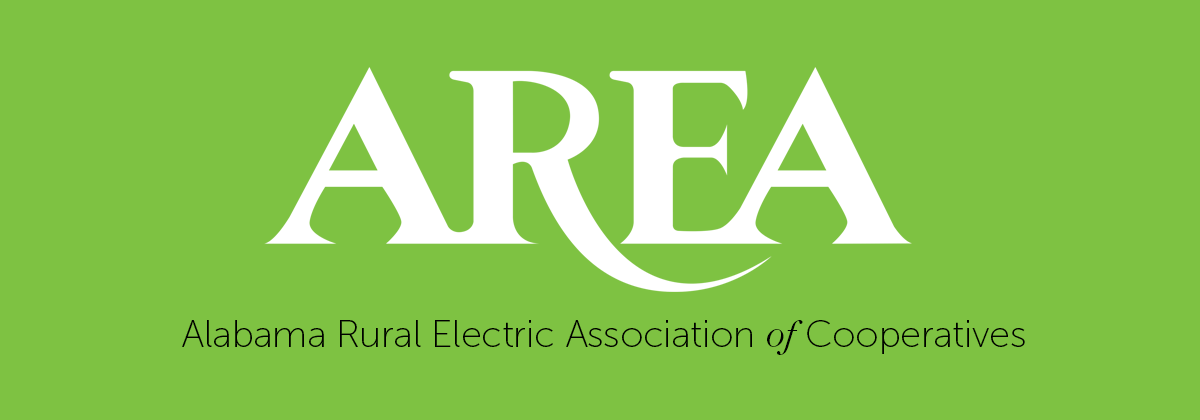Staking Technician Training (Phase 1) - @ AREA - October 11-14, 2022
- 1. BASIC SURVEYING (Covered in Phase 1)
This course will teach the student the basic and advanced methods of line route surveying. He or she will learn how to make accurate distance measurements, turn and bisect line angles and measure changes in elevation. The student will be taught how to conduct a complete point survey using a total station. A basic overview of GPS and its application to line design and staking is included in the domain. To complete the study, the student will learn how to transfer both paper and electronic field data to hand drawings or computer aided drafting programs. The outline for this course of study is as follows:
- a. Fundamental principles
- b. Measurements
- c. Elevation profile and object height
- d. Plan and profile drawings
- e. Special techniques
- f. Total station
- g. Geographical positioning systems (GPS)
- 2. POLE-LINE STRUCTURE DESIGN AND LAYOUT (Covered in Phase 1)
Here the student learns how to design overhead electrical distribution structures. The course is organized into a set of building blocks, each one building upon the other. The building blocks are conductors, poles, pole-top assemblies and guys/anchors. Tables and graphs are provided for the student to look up design values for immediate application in the field. He or she will also learn to make basic calculations to determine strength and maximum allowable spans for wind and ice loading, plus total guy load due to tension and wind. This course of study is outlined below.
- a. Conductors
- b. Poles
- c. Pole-top assemblies
- d. Guys and anchors
- 1. STAKING SHEETS (Covered in Phase 1)
Clear and detailed staking sheets are the product of design and structure layout. The student will learn how to provide the necessary information to ensure that the material requisition, construction and accounting flows smoothly and accurately. He or she will also learn how to estimate construction costs based on book pricing. The course work is outlined below:
- a. Types of staking sheets
- b. Preparation of a clear and detailed staking sheet
- c. Basic work order procedure
- d. Computerized staking sheets
- e. Final staking sheets
- 1. JOINT USE STAKING AND MAKE-READY SURVEYS (Covered in Phase 1)
The communications industry is forever scrambling for pole rental space on distribution structures to attach telephone, CATV and fiber optic cables. With right-of-way becoming harder to obtain, electrical utilities, both distribution and transmission, are combining circuits on one pole line to maximize efficiency and reduce costs. This course will teach the student how to handle joint use attachments. He or she will learn how to perform make-ready surveys, measure clearances, determine strength requirements, prepare construction estimates, make final inspections and understand the requirements of joint use contracts.
- a. Types of joint use
- b. Determining strength requirements for joint use
- c. Aerial attachments
- d. NESC joint use requirements for separation of joint use utilities
- e. Joint use contracts
- f. Inspection of joint use attachments
- g. Performing make-ready surveys
Registration for this event is now closed.
